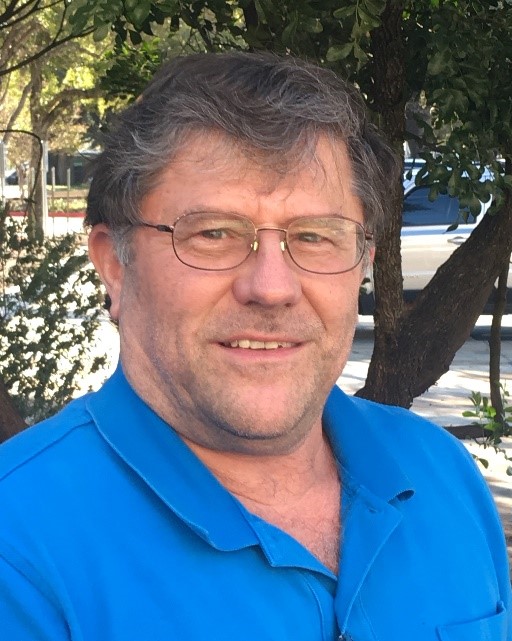Engineer Hiring Program
The TCEQ is accepting applications from Licensed Engineers. Engineers at the TCEQ play a vital role in accomplishing the mission of the agency to protect our state’s natural resources, to ensure clean air and water, and to dispose of waste safely. As an engineer at the TCEQ, you will have opportunities for increasing job responsibility, as well as pay, while enjoying great benefits and retirement options.
![]() Sign up to receive Engineer Hiring Program email alerts
Sign up to receive Engineer Hiring Program email alerts
Who is eligible?
The program is available to individuals who hold a Texas Professional Engineer’s License.
How does the Engineer Hiring Program work?
Hiring supervisors in the Austin Central Office, or any of the TCEQ’s sixteen regional offices may request applicants with a P.E. license and geographic preferences from the pool of engineer applicants.
How do I apply for employment under this program?
To apply for the Engineer Hiring Program, login to the CAPPS Career Center to create your CAPPS Recruit candidate profile and submit your application.
How long does my application stay on file?
Applications remain on file for one year from the date of receipt. Eligible individuals may submit a new application for an additional one-year period.
Total Compensation for Engineer Jobs
The table below illustrates the total compensation for TCEQ entry, junior and senior level Engineers. Total compensation figures may change based on additional benefits elected.
| Level | Salary | Benefits | Total Compensation |
|---|---|---|---|
| Entry | $66,816 | $28,492 | $95,308 |
| Junior |
$70,776 |
$29,735 |
$100,511 |
| Senior | $93,480 | $38,574 | $132,054 |
Engineers in Action

I am beginning my 40th year as an engineer and it is my 20th year with TCEQ. One of the best things about having a mechanical engineering degree is all the career opportunities that it provides. My greatest career opportunity came when I started working in Air Permits with the Texas Air Control Board (TACB). During the early years at the TACB, I was fortunate enough to learn the engineering and regulatory aspects of air permitting from many of the staff and managers that developed the whole permitting program beginning in the early 1970s and this provided me with a historical context to the decisions and policies that form the permitting procedures still in use today.
The case-by-case permit review conducted by the Air Permits Division (APD) involves implementing the policy and purpose of the Texas Clean Air Act which covers safeguarding the states air resources by controlling air emissions consistent with the protection of public health. All types of sources, such as chemical plants, refineries, tank farms, rock crushers, cotton gins, combined cycle power plants, boilers as well as painting, printing and abrasive blasting operations require an air permit authorization before construction is started. Within the permit review process, emissions of criteria pollutants are and individual species are calculated and part of the job is to ensure that the engineering used in the emission calculation methodology is correct and the resulting calculations are correct. Evaluation of emission control technology proposals in an application and applicable state and federal air quality rules ensures that the best available control technology is applied to limit air emissions. The protection of public health component is included through the use of air dispersion models that provide maximum off property concentrations for comparison to the National Ambient Air Quality Standards (NAAQS) and the TCEQ Effects Screening levels (ESLs) for individual species. The review process also includes an opportunity for public participation through the public notice and comment, meeting and hearing processes.
In Air Permits, I started out reviewing air permit applications for facilities that apply coatings such as metal fabrication, wood furniture, auto assembly plants, printing, fiber reinforced plastics fabrication and semiconductor fabrication. Besides working through the operational, engineering and regulatory aspects of these processes in a permit application, I was able to see on site visits, how everyday things such as cars, trucks, paint itself, bathtubs, drilling rigs, barges and ships are made, and this makes all the engineering and work far more tangible. Whenever I buy one of the products or pass by one of the sites one of my teammates or I have permitted, I get a sense of pride in the work the TCEQ does to maintain air quality in Texas. Once I became a Technical Specialist, my role changed from doing strictly air permit reviews to being able to use the knowledge engineering expertise gained from other staff, applicants, their consultants and through working a myriad of projects to mentor and train new staff, provide guidance to the staff and industry through meetings, presentations and guidance documents and provide technical support for the management team on complex and contentious projects.
Even after so many years, every day at work is a chance to make a positive impact on the staff, the regulated community and the people of the State of Texas and working for the TCEQ as an air permit engineer was the best career choice I ever made and would undoubtedly do it over again.
Mike Coldiron, P.E.
Mechanical Coatings Section
TCEQ Air Permits Division
